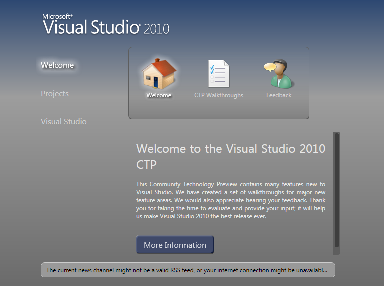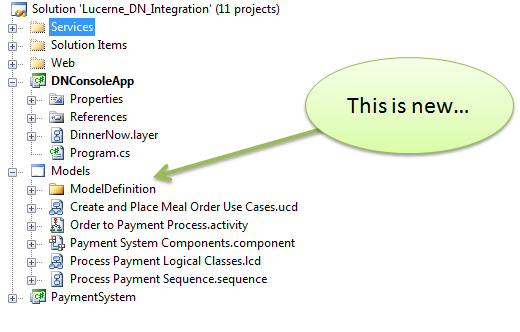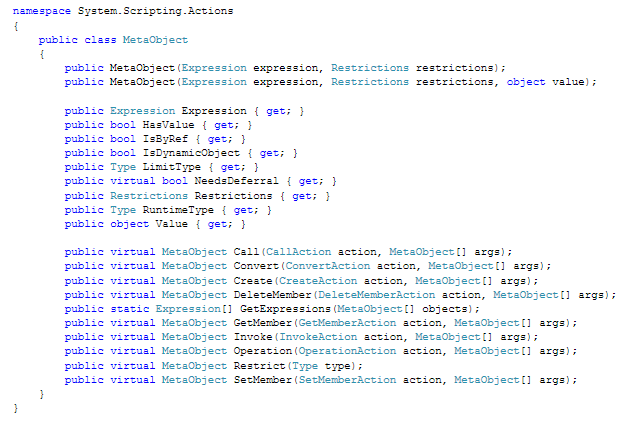I am doing a spike in ASP.Net MVC now (and I'll talk about this at length at another time). I hit the wall when I wanted to do something that is trivially simple in MonoRail, limit a routing parameter to be a valid integer.
Luckily, just looking at the API signature told me that this is a supported scenario:
Unfortunately, that is all that it told me. This method accept an object. And there is no hint of documentation to explain what I am suppose to do with it. A bit of thinking suggested that I am probably supposed to pass an anonymous type with the key as the route parameter and the value is some sort of a constraint. But what sort of a constraint.
Type information is one of those things that static language actually do, and from experience in both dynamic and static languages, while it is often a PITA to specify types, it actually help for people who read the code. Not often, I'll admit, but it is helpful for the uninitiated.
I am... unused to having this type of problem in C#.
So I did what any developer would do, hit google and tried to find some information about it. Didn't work.
I pulled reflector and started to track down what is going on there. Following a maze of untyped paths that I have not seen the like since the 1.1 days, I finally figured out that the value that I need to push is an instance of IRouteConstraint.
Obvious, isn't it?
In short, and the reason of this post. I am seeing a lot of parameter signatures that look like that, and have barely defined semantics. I would file this under C#.Abuse();















